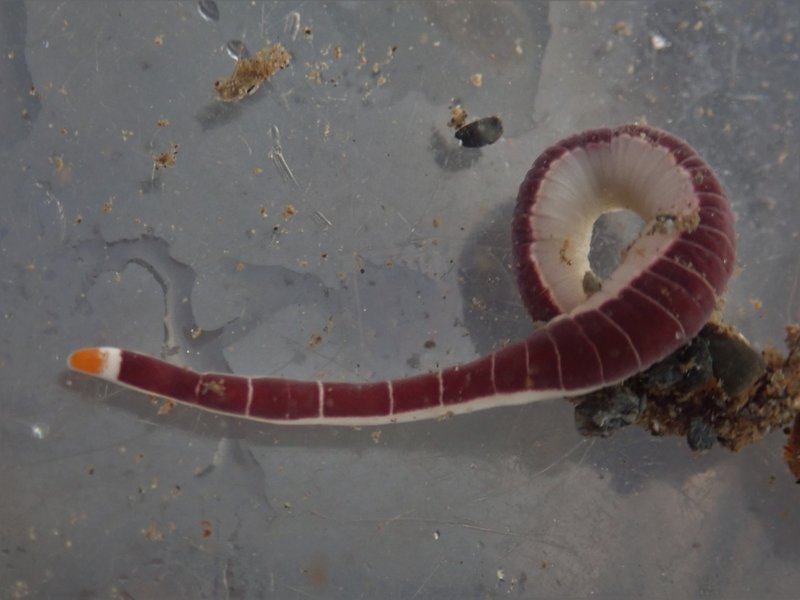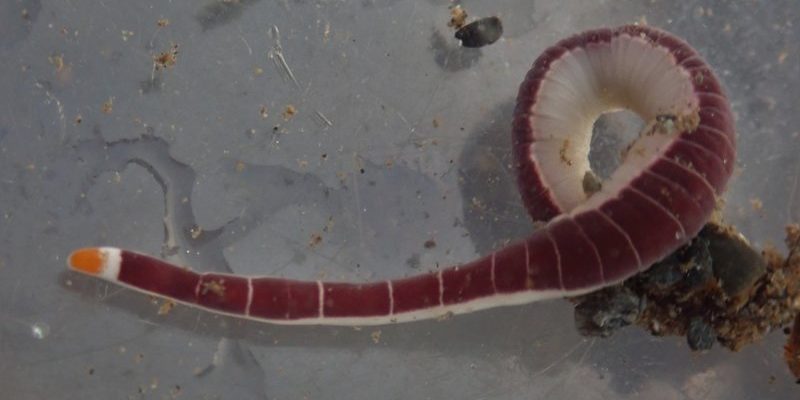
Ribbon worms, also called nemerteans, might not be the first creatures that come to mind when you think about biodiversity. However, they are essential players in the food web. Picture your favorite pizza—the crust, sauce, cheese, and toppings all work together to create a delicious treat. Similarly, ribbon worms interact with other species and components in estuaries, contributing to a balanced ecosystem that supports various life forms. Let’s take a closer look at how these intriguing creatures make such a difference.
What Are Ribbon Worms?
Ribbon worms belong to the phylum Nemertea, and they’re known for their long, slender bodies that can stretch out several feet in length—some growing up to 40 feet! You might think of them as the *snakes of the ocean*, gliding through sediment and water with ease. Their bodies are often brightly colored and can be found in various environments, from sandy shores to rocky shores, and, of course, estuaries.
These worms have a unique structure called a **proboscis**, which helps them catch prey. Think of it as a specialized tool that extends from their bodies to snag smaller organisms like crustaceans and mollusks. This feature not only allows ribbon worms to thrive but also plays a vital role in controlling prey populations within their habitat. Without them, you can imagine how quickly populations could spiral out of control, disrupting the delicate balance of the ecosystem.
The Role of Ribbon Worms in the Food Web
Now that we know what ribbon worms are, let’s dive into their role in the **food web** of an estuary. These creatures are both predators and prey, making them versatile members of their ecosystem. As predators, they help regulate the populations of smaller organisms, ensuring no single species dominates the scene. This balance is crucial for maintaining biodiversity.
But ribbon worms aren’t just important when it comes to hunting. They also serve as a vital food source for larger animals. You might find birds, fish, and even other marine mammals snacking on these worms. By providing nourishment for these creatures, ribbon worms help sustain various life forms and keep the ecological chain intact. Isn’t it fascinating how interconnected everything is?
Habitat and Environmental Benefits
Ribbon worms thrive in **estuaries**, where the mix of freshwater and saltwater creates a unique habitat. These regions are incredibly productive and provide essential services for both terrestrial and marine life. Ribbon worms contribute to the health of estuarine environments by helping break down organic matter and recycling nutrients.
They dig into the sediment, aerating it in the process. This action promotes the growth of beneficial bacteria and helps keep the water clean. In a way, you can think of ribbon worms as nature’s mini-gardeners, attentive to the soil and water, ensuring everything stays in balance. Their presence can indicate the health of an estuary, serving as bioindicators that reflect environmental conditions.
Interactions with Other Species
Ribbon worms don’t just live in a bubble; they interact with many other species. Their predatory behavior influences the populations of their prey, while they themselves fall victim to predators. This dynamic relationship enhances biodiversity by supporting a complex network of interactions.
You might wonder how this all plays out in real life. Imagine a ribbon worm snaring a small crab. This action not only feeds the worm but can also affect the crab population, potentially giving other species a chance to thrive. Moreover, the nutrients from ribbon worms’ waste contribute to the growth of plants and phytoplankton, the foundation of the marine food web.
Ribbon Worms and Human Impact
Unfortunately, human activities can threaten the health of estuaries and the organisms that call them home, including ribbon worms. Pollution, habitat destruction, and climate change all put pressure on these ecosystems. When ribbon worm populations decline, it can trigger a domino effect, leading to imbalances that impact many other species.
Protecting estuaries and the various life forms within them is crucial for maintaining biodiversity. Efforts to clean up polluted waters, restore habitats, and create protected marine areas can greatly benefit ribbon worms and their ecosystems. Keeping these habitats safe allows ribbon worms to continue contributing to biodiversity and ensures that future generations can enjoy the rich diversity of life found in estuaries.
Why Ribbon Worms Matter
You might still be asking yourself why all this matters. The importance of ribbon worms goes beyond just their existence. They are integral to the health of estuaries, which are often called the “nurseries of the sea.” These areas are vital for many fish species, including those we rely on for food.
Additionally, healthy estuaries provide protective barriers against storms and flooding, filter pollutants, and support countless species of plants and animals. By understanding and appreciating the role of ribbon worms in this ecosystem, we can better advocate for conservation efforts that protect these crucial habitats and their inhabitants.
In conclusion, ribbon worms may be small and often unnoticed, but their impact on biodiversity in estuaries is significant. From regulating prey populations to supporting larger predators, these creatures play a vital role in maintaining the health of these unique ecosystems. By taking steps to protect estuaries and recognize the importance of every organism within them, we help ensure that biodiversity thrives now and in the future. Remember, it’s often the small, seemingly inconspicuous players that have the most significant roles in the story of our natural world. So the next time you enjoy a day by the coast, think of those ribbon worms working quietly beneath the surface, making a big difference in the grand scheme of life.

